#Japanese myths
Text
Deep dives into folklore: Japanese mythology

Japanese mythology is a rich and intricate tapestry woven over centuries, blending indigenous beliefs with influences from China, Korea, and beyond. The mythology of Japan is deeply rooted in Shinto, the native religion, as well as Buddhism and Confucianism. It comprises a diverse array of gods, spirits, mythical creatures, and epic tales. Let's delve into some key aspects of Japanese mythology:
Shinto and Kami:
Shinto: Shinto, meaning "the way of the gods," is the indigenous spirituality of Japan. It emphasizes the belief in kami, which can be translated as gods, spirits, or sacred forces. Shinto doesn't have a central religious text but is closely tied to rituals, ceremonies, and the reverence of nature.
Kami: Kami are considered divine beings or spirits that inhabit all things in nature. This includes rocks, trees, rivers, animals, and even human ancestors. Some prominent kami include Amaterasu, the sun goddess and ancestor of the imperial family, and Susanoo, the storm god.
Creation Myths:
Izanagi and Izanami: One of the most famous myths involves Izanagi and Izanami, the divine couple tasked with creating the Japanese archipelago and its many gods. Their union gave birth to several islands and deities, but tragedy struck when Izanami died while giving birth to the fire god Kagutsuchi.
Amaterasu's Hidden Sun: After a feud with her brother Susanoo, Amaterasu, the sun goddess, withdrew to a cave, plunging the world into darkness. The gods tricked her into emerging, bringing light back to the world. This myth explains the cyclical nature of day and night.
Japanese Pantheon:
Amaterasu: Often considered the most important deity, Amaterasu is the goddess of the sun, symbolizing light, fertility, and imperial power. The emperor is believed to be a direct descendant of Amaterasu.
Susanoo: The storm god, Susanoo, is associated with the sea and the destructive forces of nature. Despite his turbulent nature, he plays a crucial role in defeating the eight-headed serpent, Yamata no Orochi.
Tsukuyomi: The moon god, Tsukuyomi, is Amaterasu's brother. Unlike his stormy sibling, Tsukuyomi is associated with calmness and serenity.
Inari: A popular kami associated with rice, fertility, and prosperity. Inari is often depicted as both male and female, reflecting a duality in their nature.
Mythical Creatures:
Tengu: Human-bird hybrids known for their martial prowess and supernatural abilities. They are sometimes considered protectors of the mountains and forests.
Kappa: Water creatures resembling humanoid turtles. Kappa are mischievous but have a strong sense of politeness, and bowing to them may cause them to spill the water contained in a depression on their heads, rendering them powerless.
Yokai: A broad category of supernatural creatures, including spirits, demons, and monsters. Examples include the kitsune (fox spirits), oni (demons), and yurei (ghosts).
Influences on Art and Culture:
Japanese mythology has left an indelible mark on various aspects of Japanese culture, from traditional arts like Noh and Kabuki theater to literature, visual arts, and contemporary popular culture, as seen in anime and manga.
In summary, Japanese mythology is a captivating blend of creation stories, divine beings, and mythical creatures that provide a rich cultural and spiritual foundation for the people of Japan. It continues to inspire and shape the country's identity, connecting the past with the present.
#deep dives into folklore#folklore#deep dives#japanese mythology#mythology#japanese myths#legends#writeblr#writers of tumblr#writing#bookish#booklr#fantasy books#creative writing#book blog#ya fantasy books#ya books
36 notes
·
View notes
Text

Do you carry a book everytime you go out? I always have my phone with me, so I always have my Kindle and my Libby app. Sometimes I take other books too if I think I'll have time to read my current read or if I suspect I will find a nice spot for photos.
#books#booklr#bookblogger#book photography#books outside#mythology#japanese mythology#japanese myths#folklore#spring day#myths#beautiful book covers#park day#reading outside#bookish
4 notes
·
View notes
Photo


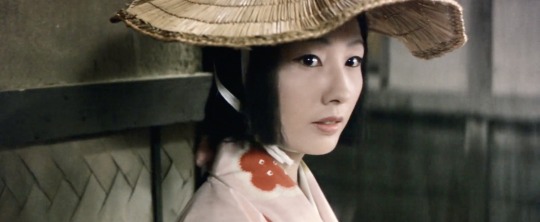






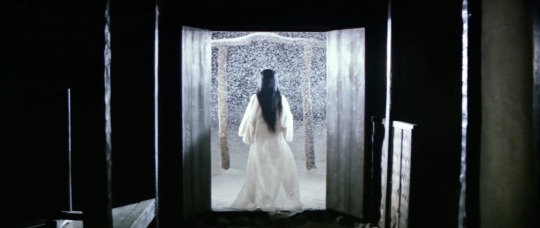
The Snow Woman (1968)
“I decided that I will not kill you. But in return, you must not tell anyone about what you see today. Even your most intimate people. Even your relatives, your wife or your children. If you say even one word about me, I will kill you.”
Based on the Japanese Folklore of Yuki-Onna, it tells the tale of a sculptor, Yosaku (Akira Ishihama), who encountered a ghost on a stormy snowy night where his mentor was frozen to death leaving him as the only survivor.
Few years later, Yosaku met a beautiful woman named Yuki (Shiho Fujimura) when his mother offered her shelter from the heavy thunderstorm for the night where she befriends them both and admires his craftsmanship.
Over time, both Yosaku and his mother grew fond of Yuki and beg her to stay a bit longer to which she agreed. They eventually express their love for each other and got married, have a child and live a good life, which did not last long.
A priestess saw Yuki at the temple and knows who she really is, confronted her at her home but Yosaku does not believe it as he had seen a ghost before and Yuki is nothing like her. But Yosaku had forgotten the promise he made.
Having broke his promise he made on that stormy night, Yuki reveals her true self to Yosaku before killing him but her attempt was stopped by their child who was crying. Yuki had a change of heart and decides to leave them instead.
***
It’s a good story which shows you that the humans are much more scarier than ghosts as humans are judgemental and egoistical creatures.
There are many folklore versions of Yuki Onna depending on which part of Japan it originates, each prefecture has its own stories and legends.
For this movie, it seems that it is set during Kamakura period, judging by the clothes that they wear and the attitude of the “warriors”.

Yuki’s dressing and hair reminds me of the court ladies of Taira or Heike. She probably died while trying to flee from the war during winter.

But her spirits live on. Maybe the real reason Yuki did not kill Yosaku because he reminds her of her late husband who died in war.

At least that’s what I’d like to think. It’ll make the story more interesting when you include in some historical events.
#the snow woman#yuki onna#japanese folklore#japanese folktale#shiho fujimura#fujimura shiho#akira ishihama#ishihama akira#japanese legends#japanese myths#japanese ghost#japan#japanese classic#heian period#kamakura period#taira#heike#genpei war#japanese film
61 notes
·
View notes
Text
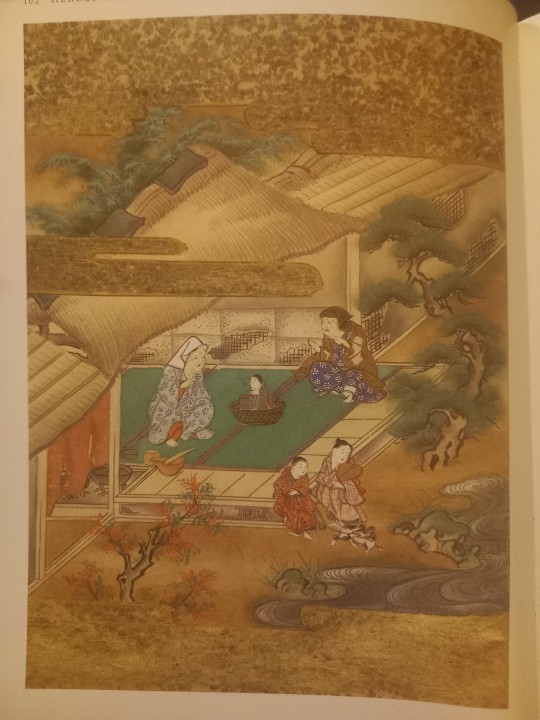
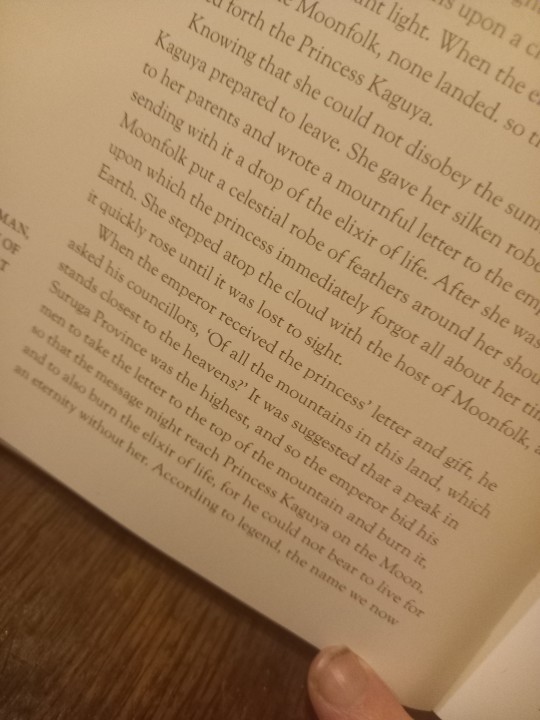
How Mount Fuji got its name from Japanese Myths by Melanie Clegg.
#booklr#books#bookblr#book#quotes#book quotes#quotations#quote#book quote#japanese#japan#japanese myths
4 notes
·
View notes
Text
"Posle tebe duša mi je ko i tvoja - prazna
Ne mogu da zavolim, to najgora je kazna
Tuđa mi je ruka sada draža od života
Nisam stena kao ti
Neću to izdržati
Samo-samo, ma da me vidiš samo
Ja neću da se smirim
Budi moj harikiri
Dobra sam
Klub je i dobro sam
I gledaju me svi
Niko me ne radi"
Elena Kitić - Harakiri

#elena kitic#harakiri#balkan music#balkan#serbia#lost love#japanese animation#japanese aesthetic#citati#balkanske pesme#love song#sad love song#ljubavne pesme#tuzni citati#japanese legends#japanese myths#japanese princess
5 notes
·
View notes
Link
Tamamo-No-Mae,
They call her.
Perhaps, it is even her name.
She answers to it just the
same as she did to
Daji, Kayo, and Bao Si.
.
(They say she has a taste for kings)
.
Tamamo-No-Mae
Smiles. No,
It’s safe to say, she grins,
fur rippling underneath the mortal
skin she learned to wear so well.
Husband smiles back and does not see.
.
(She hides her sharpened teeth behind her fan)
Keep Reading
#Mythos#Mythology#Myths and Legends#Tamamo No Mae#Kitsune#Fox#Fox Women#Japanese Myths#Japanese Mythology#Black Widow#Women in Mythology#Poetry#Mythos Articles#Mythos Retellings
36 notes
·
View notes
Text
Micro Blog: Yatagarasu, Bird of Legend
I have started to fool around with video and AI generated images to help me tell my stories. The photographs are mine, but illustrations are all AI.
youtube
View On WordPress
0 notes
Text
Odd Jobs
Dahlia's other hobbies.
Cast of Characters:
Bob the Polar Bear
Dahlia the Lady in Black
#Art #Webcomics #Humor #Cats #Dogs #Birds #Penguins #PolarBears #InvisibleMan #Witches #Goth
#ScootertheCat #ArtietheCat #BobthePolarBear #WinstontheMuteDog #DahliatheLadyinBlack #ClaireVioletWood #PhilthePenguin #JimthePenguin #TheInvisbleMan #StevetheScarecrow #SupportArtists #IndieComics #Patreon #PatreonRewards

0 notes
Text
Onmyodo Story Part 2: The Noble May Be Slow, But He Finds a Spear
Where I run through a step-by-step session of the Onmyodo card game, revealing the story-like action as it unfolds....
Our noble Aristocrat ventures alone into the domain of the monstrous Atuikakaura, first stopping at single Waterfall...

While he certainly has the Grace needed to pass the Waterfall, he lacks enough Piety to traverse the two Shrine statues on the bridge ahead...

The noble uses one of his Piety Training Cards to pass the statues, but three imposing Mountains lie ahead!...

With no Resolve whatsoever (and no Resolve rewards available as before), the Aristocrat FAILS again and must wait in place for another 7 days before progressing...

It is now Rice Ripening season (Kokumono Sunawachi Minoru) and our noble must be extra careful, as traveling through Villages will weaken him!...
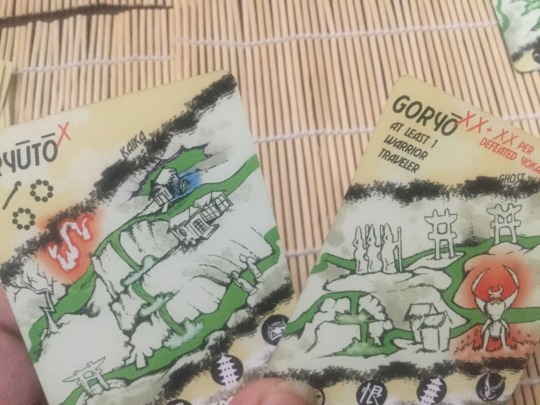
Now he must choose between two Tani to cross into next, the realm of Ryuto or of Goryo...

He wisely chooses the Tani of Ryuto, the eerie glowing light-dragon yokai, because by doing so, two Wood Locales will be adjacent and this is a Basic Item Pattern, one that forms a Spear.
Now armed with a Spear as well as his trusty Lantern, the Aristocrat approaches a small Torii Gate....
TO BE CONTINUED...
0 notes
Text


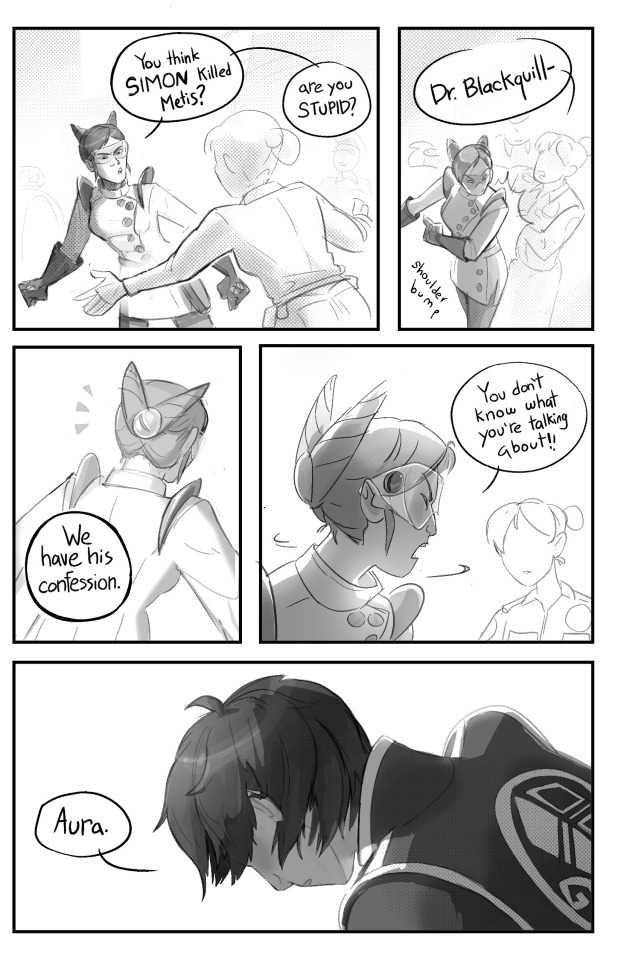

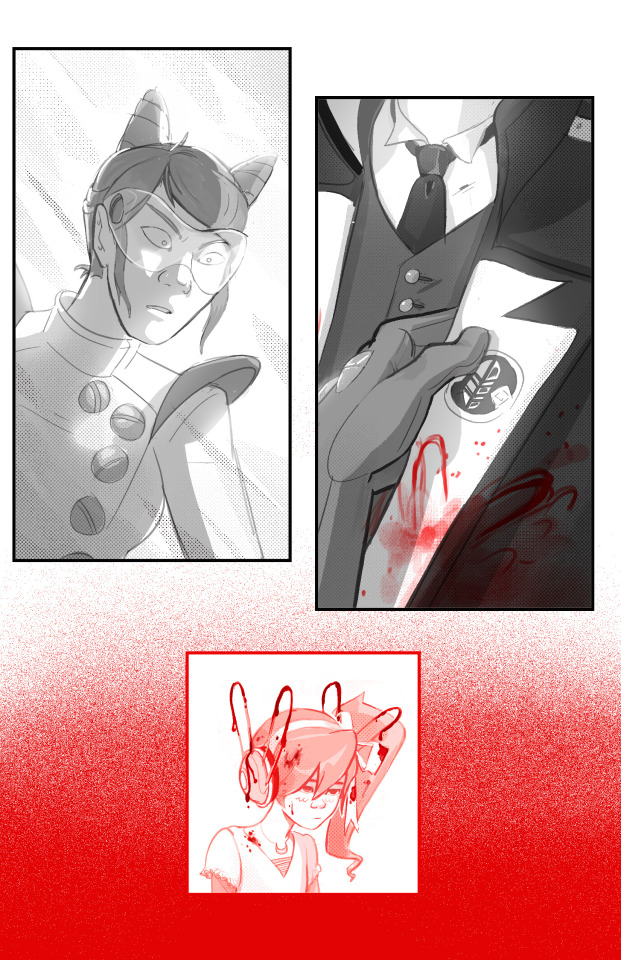


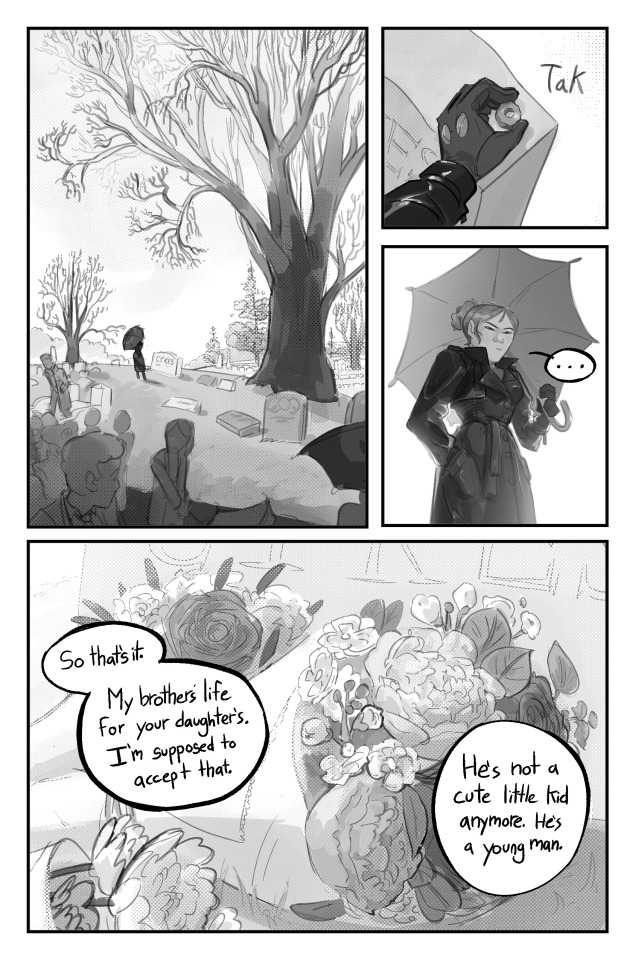

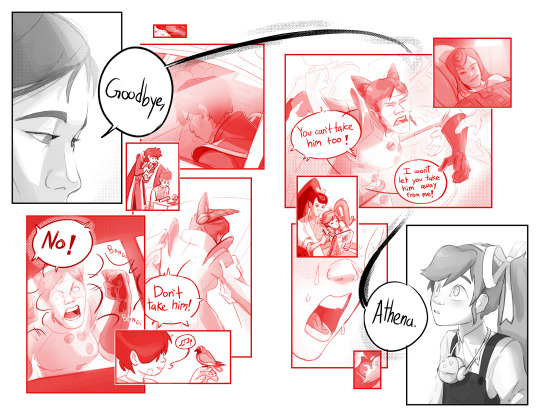


sinner, you better get ready
#aura blackquill#simon blackquill#athena cykes#ace attorney#dual destinies#i know i should have looked up japanese funeral traditions for Metis but researching it made me sad. sorry >_<#Also I hope Aura's critique of masculinity comes thru- that its constructed to extract value from the working class & excuse state violence#it changes how I percieve Auras resentment of Athena- its almost less directed at her and more at the concept of innocence itself#that is: the binary of innocence & guilt which a foundational myth of the carceral state and simon wields against himself to save athena.#ANYWAY Aura have big tiddy and hate the system and that is why we simp#Also the subtitle is a linga ignotica lyric and a folk song
3K notes
·
View notes
Text
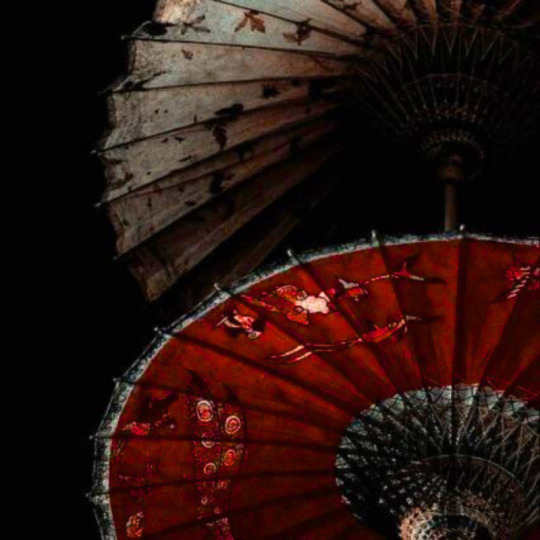

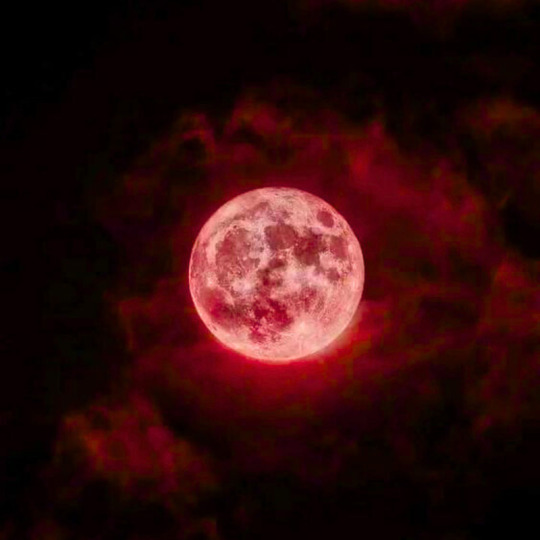



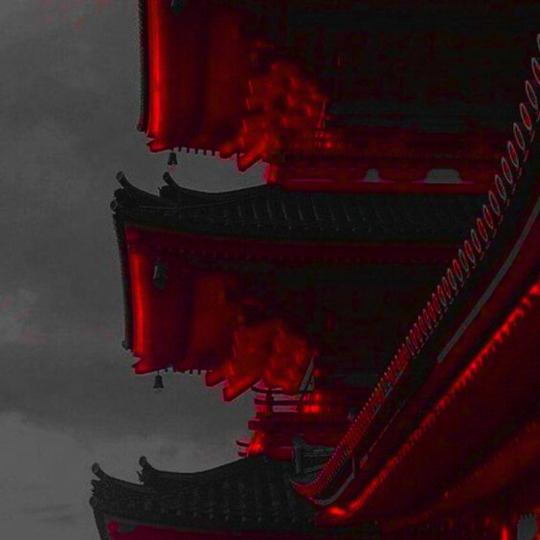
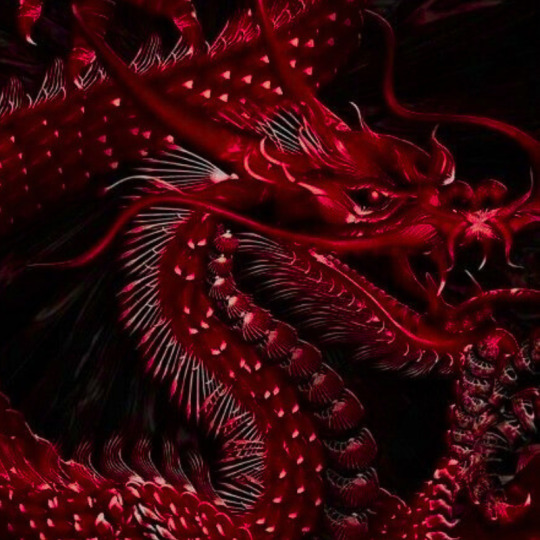

japanese mythology: amanozako
amanozako is a monstrous goddess. she originated when susanoo let his own ferocious spirit build up inside him until he vomited her out. she is described as having a furious temper, a beastly head with a long nose, long ears, and great fangs so strong they can chew metal blades ragged, and to be capable of flying for a thousand li. amanozako has been known to be a goddess that goes against conformity and does the opposite of what is expected by society and social norms. also, it is said that amanozako is picky, and will go into an atrocious rage if she does not get what she wants, or if things do not go according to her way. her wrath cannot be stopped
274 notes
·
View notes
Text

Hi all, did you have a long weekend for Easter? I did. I went hiking with some friends. I also cleaned the flat and did a lot of reading.
#books#booklr#bookblogger#book photography#mythology#japanese mythology#japanese myths#folklore#bookish easter#book and hot chocolate#books of tumblr
0 notes
Photo
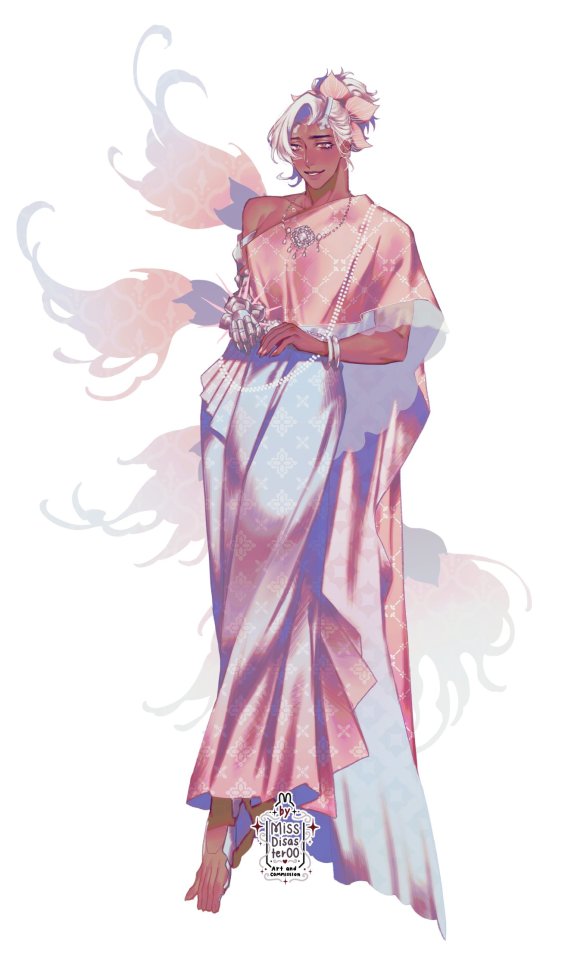
Fox Spirit Lifeweaver by Miki (babymiss_t)
#lifeweaver#Overwatch#Fan Skin#fanskin#Miki#babymiss_t#myth/legend#East Asian Culture#japanese culture#chinese culture#Korean culture
761 notes
·
View notes
Text
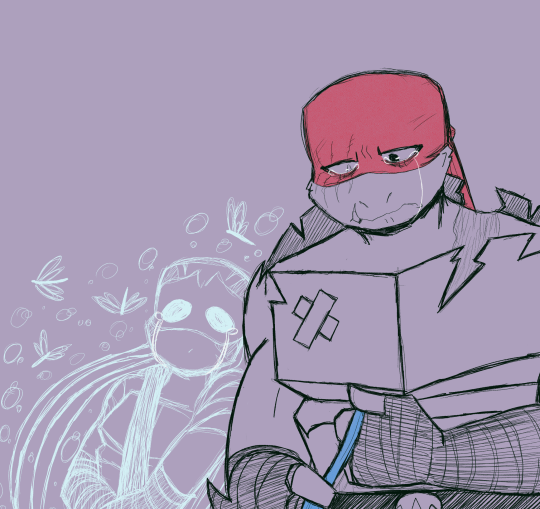



youtube made the mistake of reintroducing me to It's Quiet Uptown and i've decided to make it everyone's problem
#tempted to make something out of this in the future#i was originally gonna make leo a moth - since moth in japanese myth symbolize death#but then i saw fanart of him with dragonfly wings and thought fuck it#but anywhizzle enjoy#tmnt#teenage mutant ninja turtles#rottmmt#rise of the tmnt#rise of the teenage mutant ninja turtles#raph hamato#donnie hamato#mikey hamato#hamato yoshi#master splinter#leo hamato#my art#sonny draws
535 notes
·
View notes
Text
I was on google looking up Japanese mythical creatures for writer purposes and uhhhhhhhhh


Hm...
#rise of the teenage mutant ninja turtles#BIG MAMA?!#helloooo big mama...#rottmnt#tutant meenage neetle teetles#tmnt#rottmnt big mama#big mama#japanese mythology#japanese mythical creatures#mythical creatures#mythology and folklore#myth#monsters
113 notes
·
View notes
Text
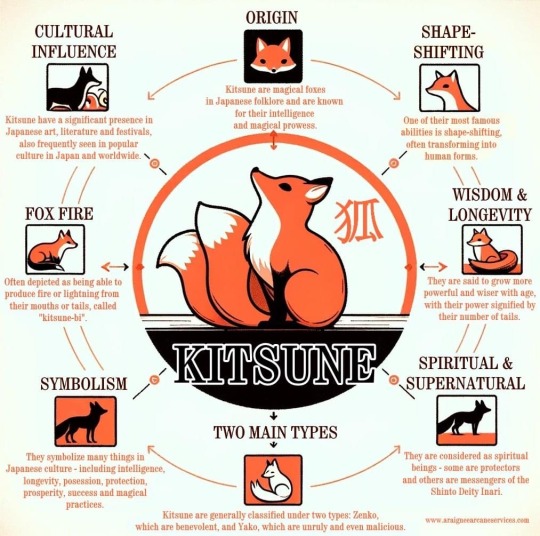
66 notes
·
View notes